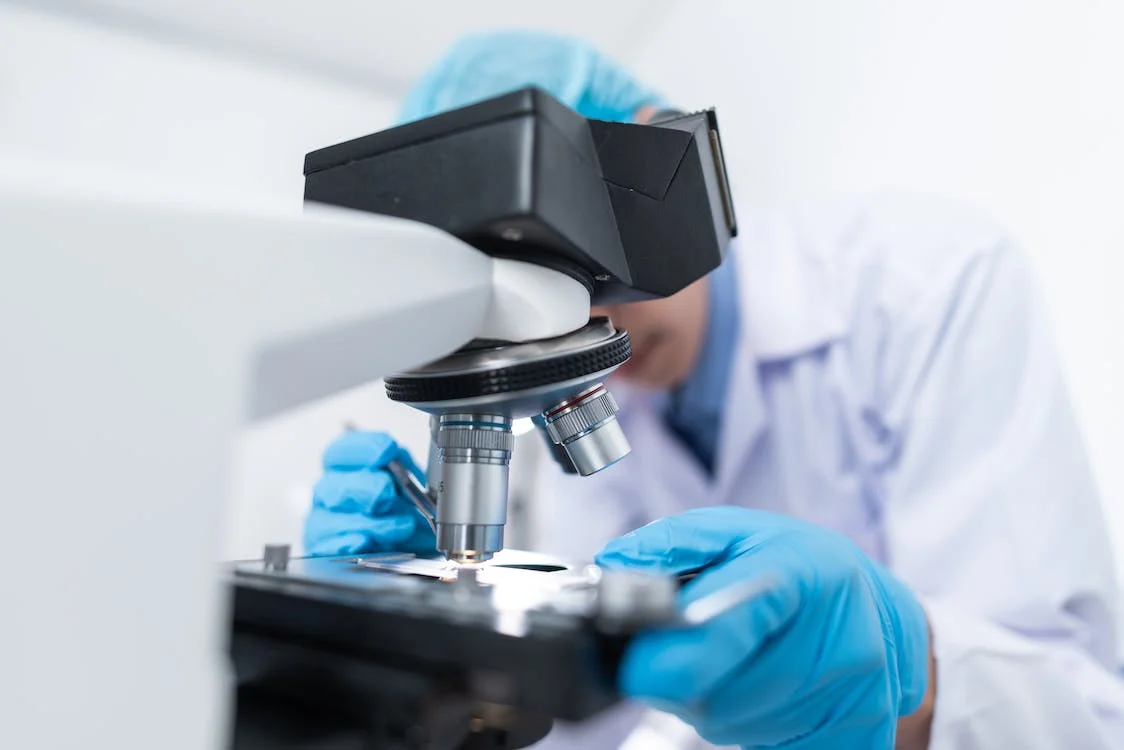The beginnings of testing for COVID-19 were, remarkably in 2020 at the beginning of the pandemic. Although most countries had little to no supply of the tests for the new disease, they did exist and the technology was there. The method behind these tests is fairly simple from a modern perspective but extremely complex if you look at the testing kits from historical eyes. Scientists and doctors have worked hard for hundreds of years on a simple problem: how do we tell what condition a patient has?
The First Tests
A classic anecdote that travels around trivia shows and awkward family conversations is that the first test for diabetes was the tasting of the patient’s urine. If the urine had a sweet taste, it meant sugar was present which meant the pancreas wasn’t working correctly. Though, at the time the ability for this process to be completely nailed down was something of a mystery.
One of the markers of a person with leprosy was a loss of feeling of pain after an injury, and folk tests like that often were used for real actions towards a patient, for better or for worse. Click here for the specifics of a leprosy test that we do today. Compared to modern-day medicine, these clues seem prehistoric though the observations that prompted them are grounded in reality.
Test Strips and Cultures
A lot of the advances in medicine during World War 2 and after are stunning in their simplicity but profound in their design. The first diabetic test strip was developed in 1965 using chemistry as the primary mechanism of action. Diabetes is an easy disorder to test for since diabetics leave behind sugar in their urine. So, this strip used a reaction with glucose to test for that substance.
Sometimes the best way to test for a bacterial or viral disease was to culture the thing that was infecting the patient. This is still true, and if you need to tell what the overwhelming majority of the microbes were in a patient, you could do this. But, it was messy and in many cases inaccurate as just because something grows in a petri dish does not mean it is harmful or common elsewhere. Staff infection is a scary thing, but many people have it in their sinuses living happily, unnoticed until entering a wound.
As the cold war progressed, medicine began to branch out as doctors realized the sum of their knowledge was beginning to be too much. General practitioners worked at the patient level, specialists and researchers assisted with complex problems, and new means of identifying illness began to take hold.
One of the biggest issues with testing is that a single test can often require specific conditions, both in the sample and around it. If you need to keep it stable, one of the modern methods is the coating buffer for elisa which stabilizes molecules by coating them.
The Simple Approach
As science continues to evolve surrounding testing the best and easiest methods are often terribly complex. It can be intimidating to enter a discussion about any specific medical issue and instantly have a thousand words thrown at you. Nowadays, though, tests have grown even a little bit simpler than in the past. One thing’s for sure, they’re certainly more versatile.
A stable solution can be “inspected” in a way by using an antibody to bind with a specific molecule. We can use antibodies to bond with many things that are markers of disease. We’ve evolved greatly from diabetic test strips using oxidation as a mechanism of detection, but in a way, we’ve returned to it in equal measure. Rather than measuring a specific reaction, we use other tools to create a reaction we can measure.
Though the terminology is complex, immunoassays are profoundly skilled procedures done on a daily basis to answer simple questions, and they are the ultimate development of a very scientific process. Going down the Wikipedia rabbit hole may be the best way to understand them, so here’s a great starting point: https://en.wikipedia.org/wiki/ELISA/
From the effective but crude methods of diabetic testing, we can run a smooth line to a modern chemical test of modern disease. Covid tests are just handheld versions of this line of thinking, portable technology using incredible ingenuity.
Full Steam Ahead
So what does the future of immunochemistry hold for the modern, everyday person? Well, if you enter a doctor’s office now you can expect that, eventually, they will figure out what is wrong with you. That’s a testament to the skill of people who have worked hard to develop tests.
New diseases develop, as we’ve seen during the pandemic, and as they do we need to be ready to find them before eradicating them. It’s a simple mission, but the world can’t handle another 2020, so give your friendly immunochemist a part on the back on behalf of all of us.

